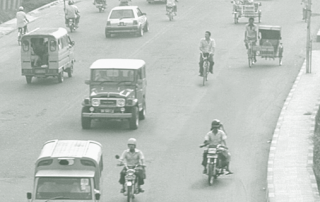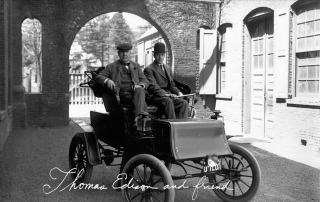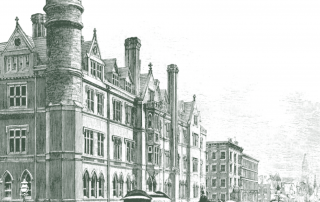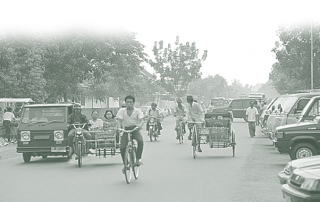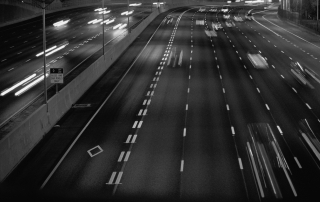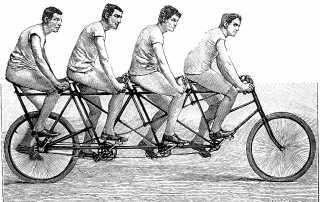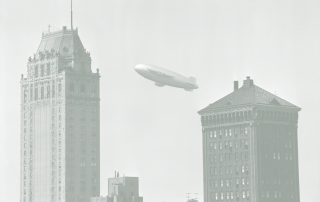ACCESS 18, Spring 2001
Editorial: Sustainability
Melvin M. Webber
Despite ever-growing impatience with traffic congestion and persisting complaints about air pollution, the auto-highway system has proved to be remarkably adaptable and sustainable. Even though average annual miles per vehicle have recently declined, cars still consume a lot of energy, exude a lot of noxious gases, and kill far too many people. The immediate causes of congestion and pollution are an increase in the sheer number of cars and trucks. Yet, even in the current economic decline, sales continue to rise.

